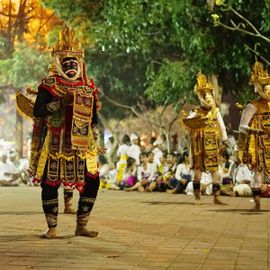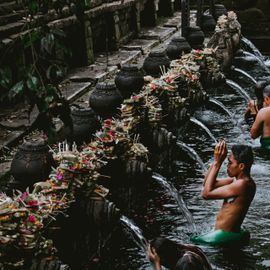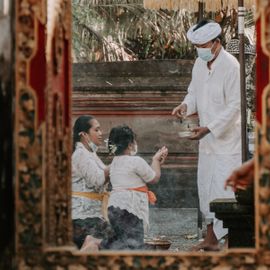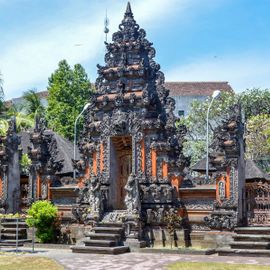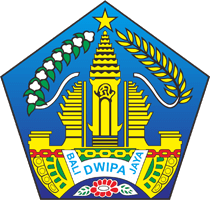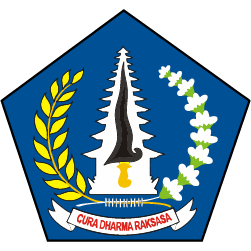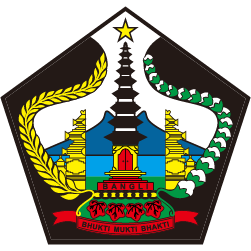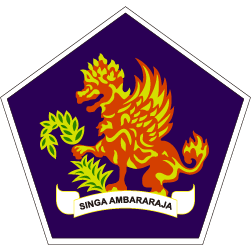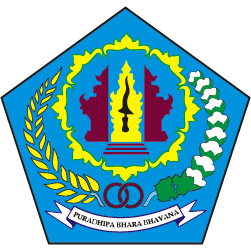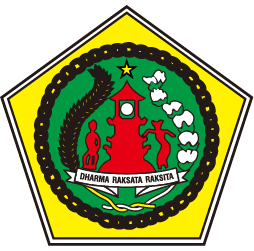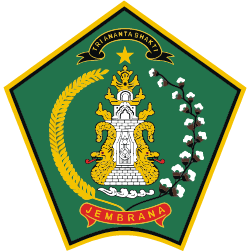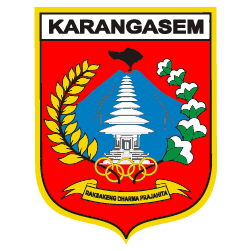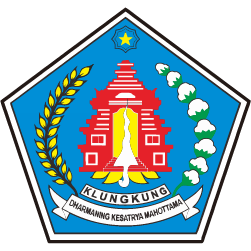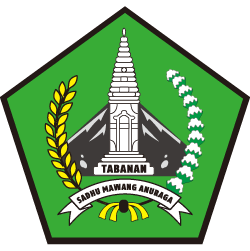Special Balinese Dances Played During A Sacred Ceremony
Special Balinese Dances Played During A Sacred Ceremony.
Balinese dance is one of the performances that can be witnessed when you come to the Island of the Gods. But, did you know that not all Balinese dance can be performed freely for entertainment? There are some Balinese dances that are classified as sacred and can only be performed in temples during religious ceremonies. The dance is divided into two types, namely Wali Dance and Bebali Dance. Well, you can check out the list below to get to know more about the Balinese dances.
1. Rejang Dance
The first of the Wali Dance group, there is the Rejang Dance. It’s only performed exclusively by female dancers. The dance movements are very simple but progressive and agile. Usually, Rejang Dance performances are held in certain temples or places where sacred ceremonies and rituals are held.
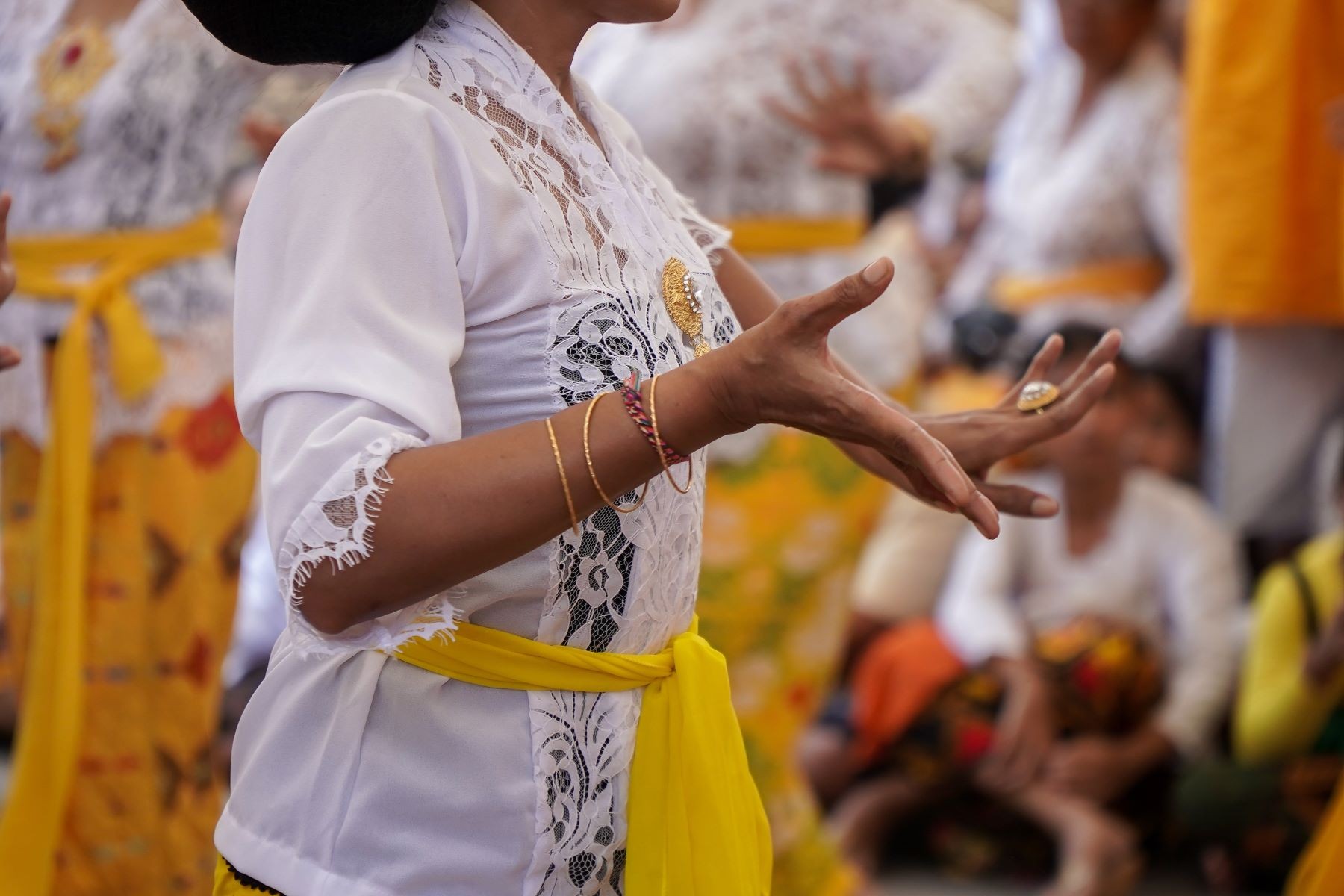
2. Baris Dance
Baris dance is a traditional war dance performed by men and accompanied by gamelan. This dance depicts the feelings of a young hero before he goes to war, hailing the virility of a Balinese hero and demonstrates the stability of his leadership. This dance is performed in groups of 8 to 40 dancers.
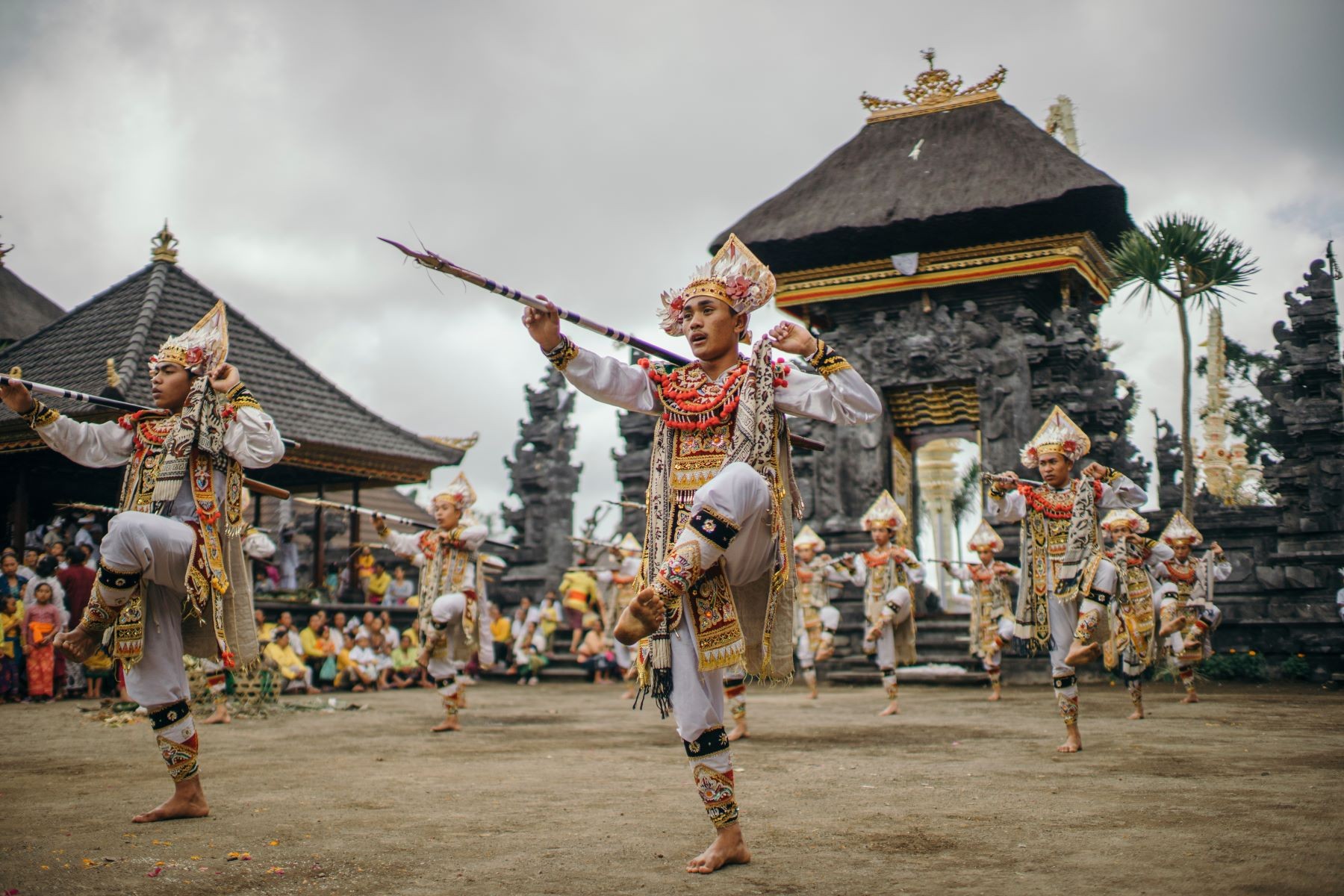
3. Sanghyang Dedari dance
Be careful, this dance will give you goosebumps. Because the dancers must be possessed by the spirit of a goddess to dance. It’s specially performed by teenage girls around the age of 14 years. This dance is performed in the innermost area of the temple or innards, with the aim of asking for blessings and rejecting bad lucks.
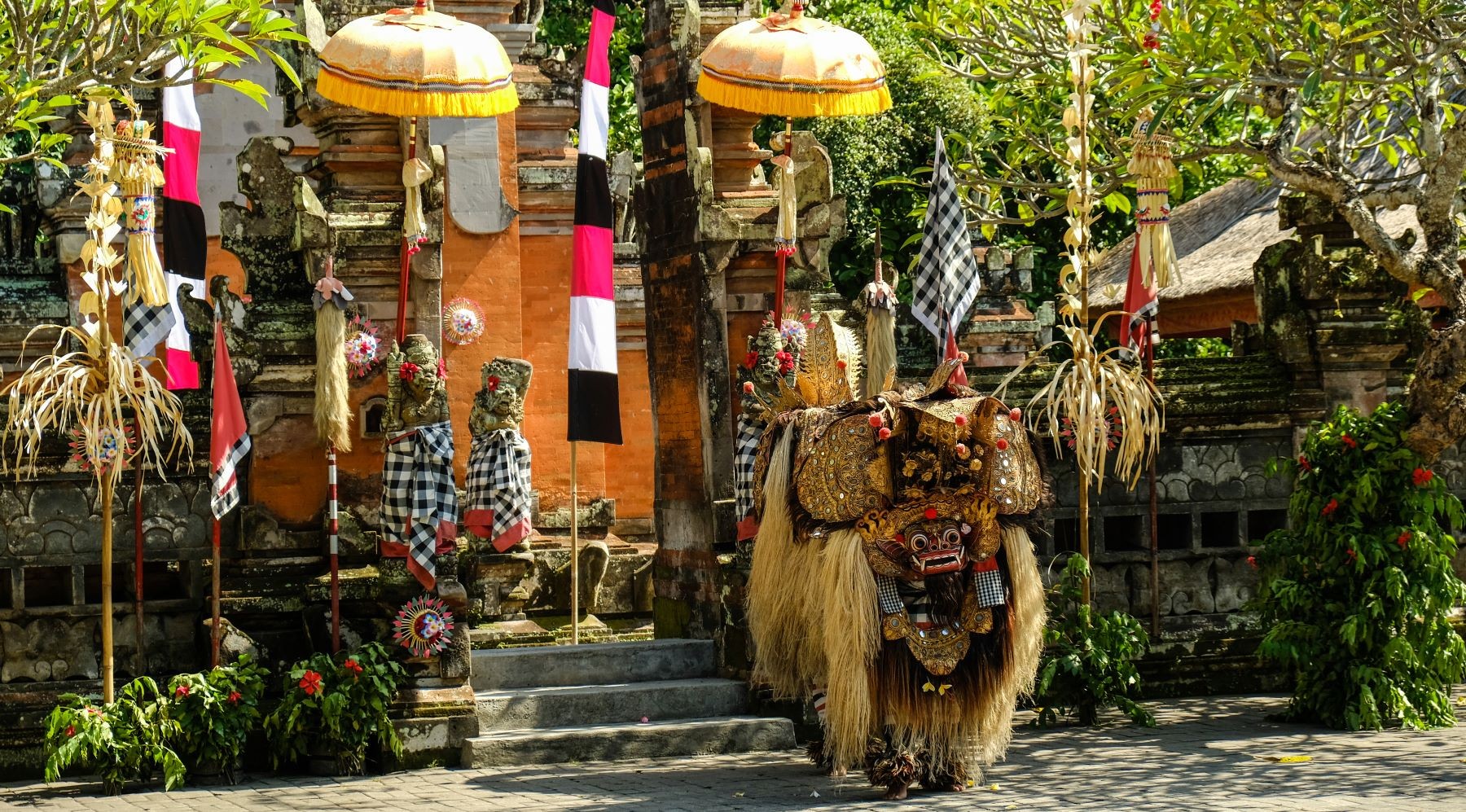
4. Gambuh dance
Gambuh, the oldest dance in Bali, is included in the Bebali Dance group category, or a dance that is staged in the middle of the temple. The music, literature, and vocabulary used in the dance were passed down from the Majapahit period on Java. It’s usually performed at the temple during major holidays and ceremonies.
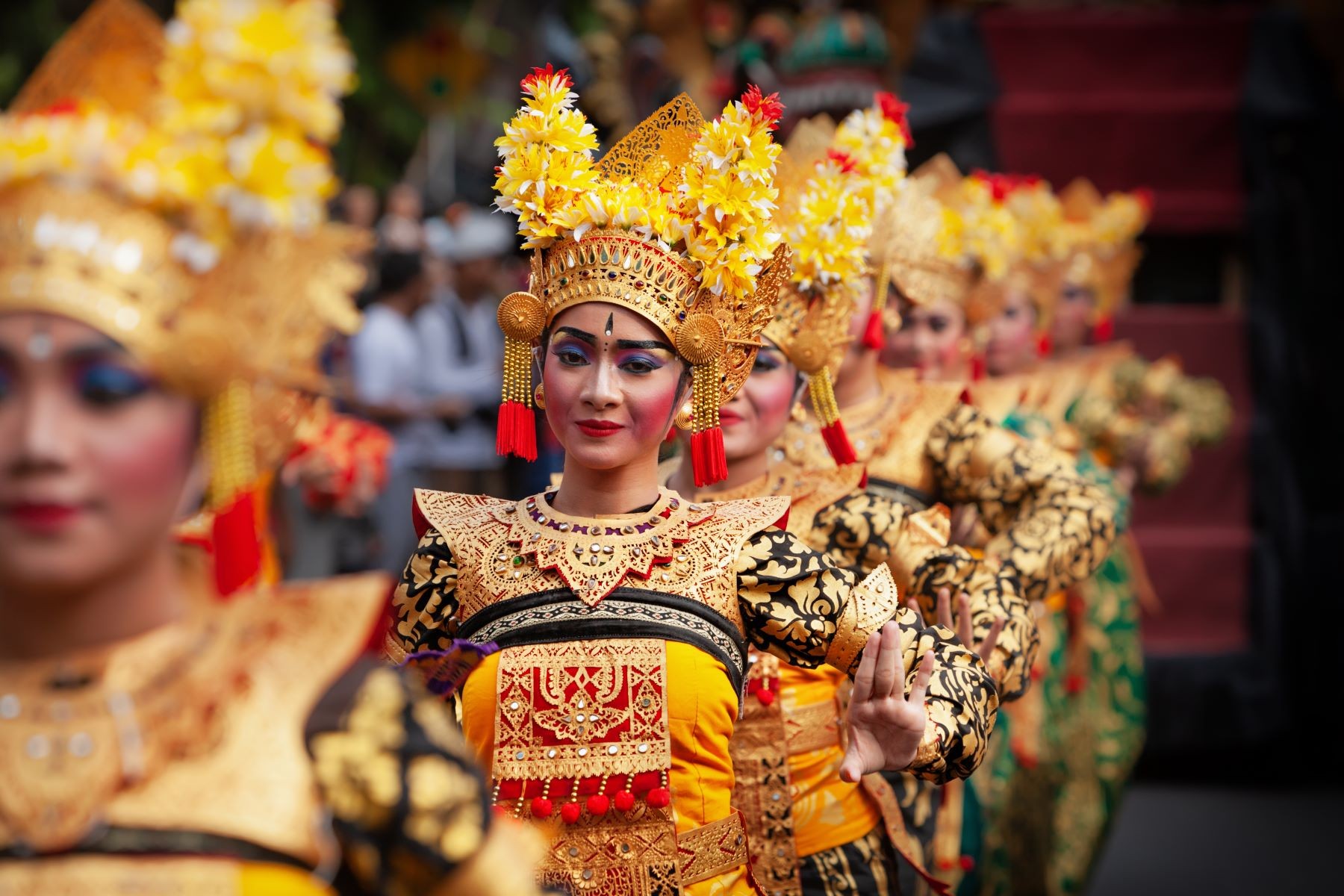
5. Sidhakarya Mask Dance
This dance is performed by male dancers wearing white - and rather scary - masks. The masks’ eyes are slanted, the teeth stubbed, the face half-human half-demon, long shoulder-length hair, and wearing a white veil. The dancers usually carry bokoran containing canang sari, incense, yellow rice, and sekar ura. This dance is staged to ask for a smooth celebration.
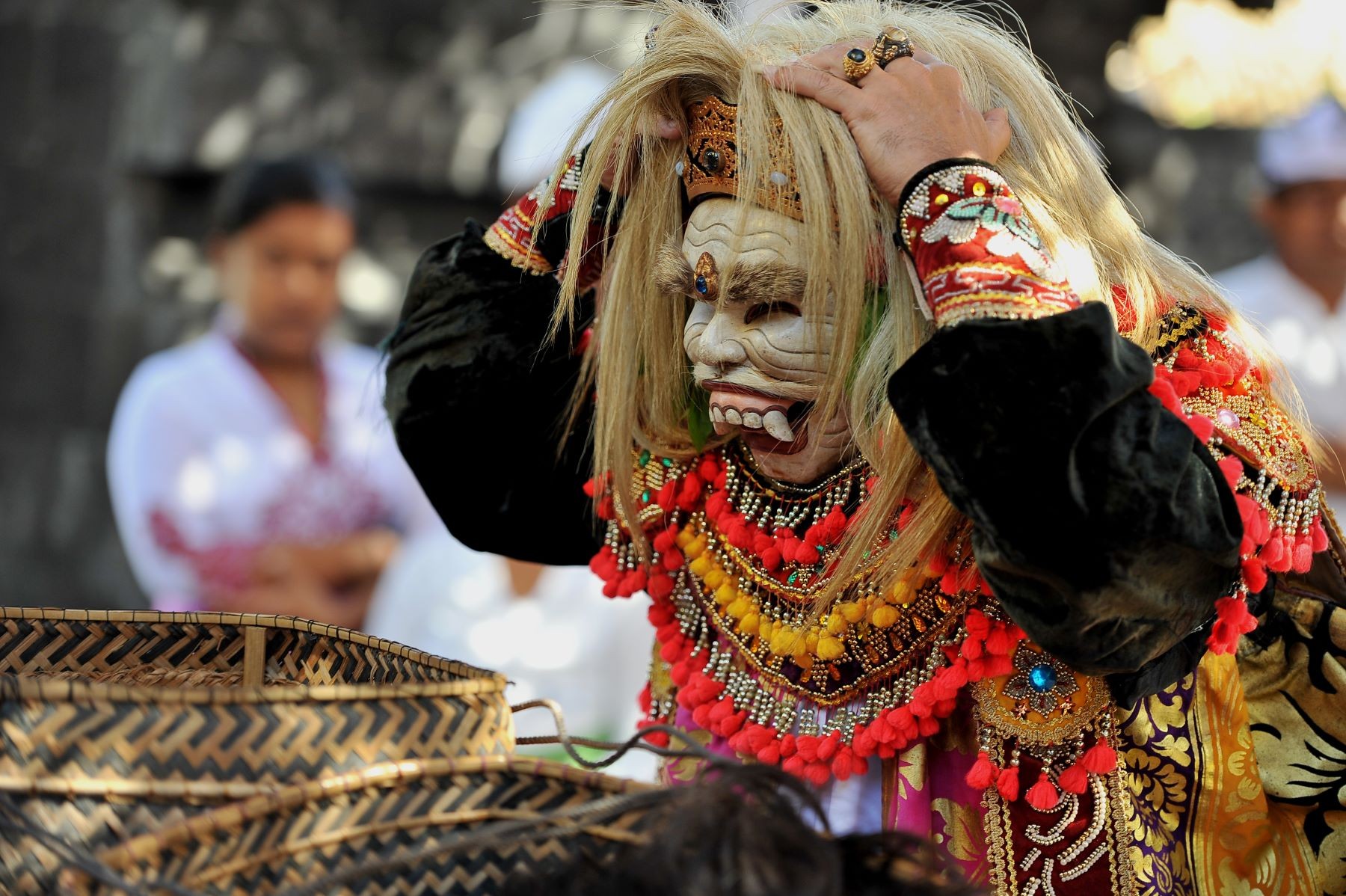
If you want to witness the thick touch of art in the pulse of Balinese culture, you should seek information about the implementation of holidays and ceremonies. Remember, these dances are only performed during traditional or religious ceremonies, so also pay attention to the rules.
